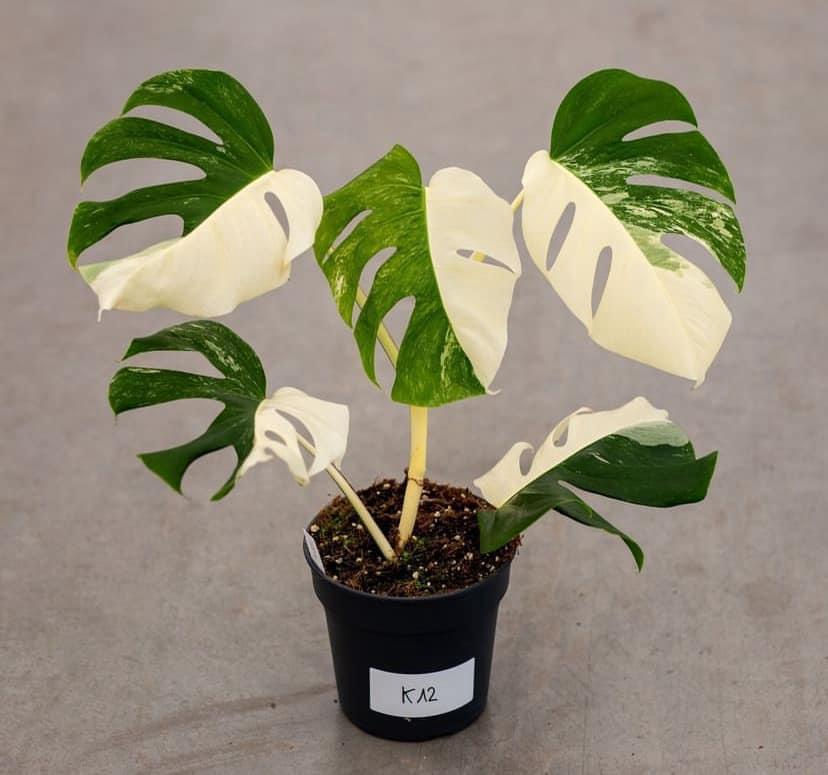Our Service
✅Package Delivered within 3 Days
✅Returns accepted 30 Days
✅Money Back Guarantee 30 Days
✅Plant Dispatch in San Diego California
✅USPS / UPS Tracking Available
✅24 hour Customer Service
Philodendron Variegated Musa Banana Plant With POT
Banana Plant Care: 10 expert tips for growing it successfully
Banana Tree (Musa) Care TipsLight and placement
The Banana plant needs a lot of natural light, so place it where it will get plenty. Avoid placing it on a southern window sill or in a dark place inside the room. The blaze of the southern window sun can burn the plants, and too shady spots can make them grow leggy.
Most varieties of Banana plants prefer to grow in full sun, meaning they need at least six hours of direct sunlight on most days. However, some varieties can scorch quickly and do better in the semi-shade or in a place with plenty of indirect light. Cavendish Musa dwarfs tolerate indirect light levels better.
So, keep an eye on its leaves, and when you see that they turn reddish-brown - they cannot withstand that intense sun and are best suited to filtered light. In contrast, when your Banana plant doesn't get direct sunlight and its leaves start to turn yellow, it might require more sunlight.
- Provide it with plenty of light. While most Banana plants prefer direct sunlight, they also thrive in indirect bright light. Direct sunlight for a maximum of six hours is ideal.
- Keep an eye on the watering routine. It prefers moist soil and hates it when it dries out completely. Water it when the top soil dries out to 2-3 cm.
- Make sure there is good drainage. The Musa plants love moist soil, but they don't tolerate it if it is too wet and the excess water can't escape. In such conditions, root rot is likely to occur quickly.
- Regularly fertilise it. Due to its rapid growth, it is a heavy feeder. It should be fertilised every 2 to 4 weeks with liquid plant food.
- Make sure the air is humid. Humidity should be between 60-90%. You'll get brown leaf edges if the air is too dry.
- Keep the temperature stable. It can't tolerate too cold or too hot temperatures, and fluctuations are the worst. The result will be stress and stunted growth.
- Occasionally clean the leaves. Remove all dust and debris accumulated over time with a damp cloth.
- Be sure to monitor regularly. Keep an eye on the leaves and stems. If you see something unusual, look it up immediately and take action to prevent too much damage.
- It needs enough space. As it grows, it needs more room to show off its beautiful leaves.
- Let it get used to your home conditions. With proper care, it will grow fast and healthy once it has adapted to its new home.



